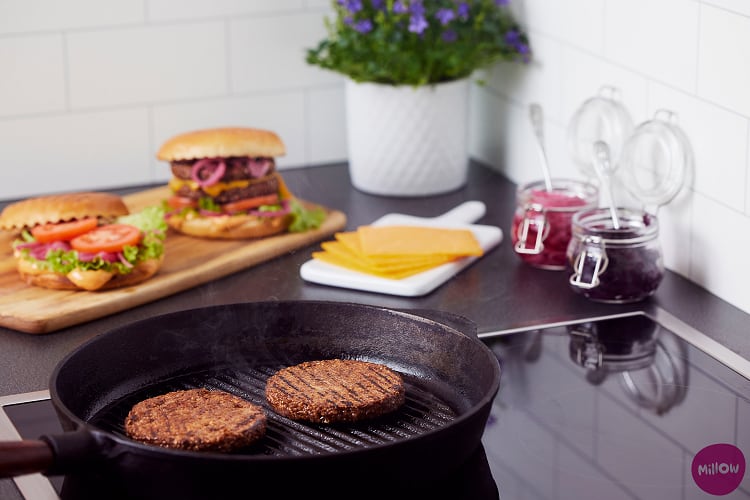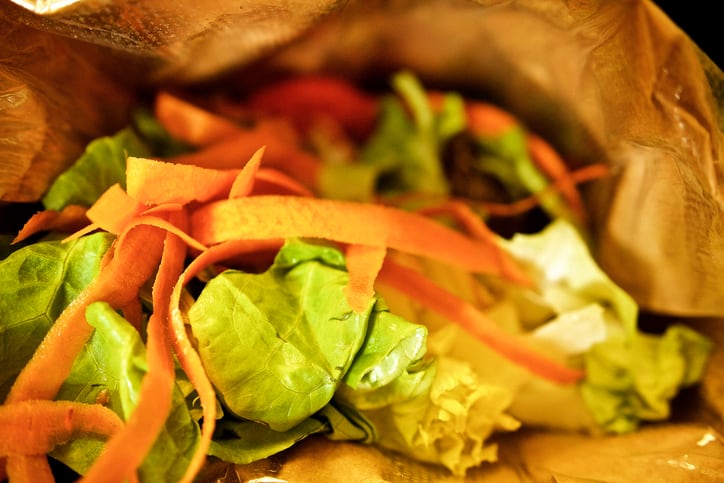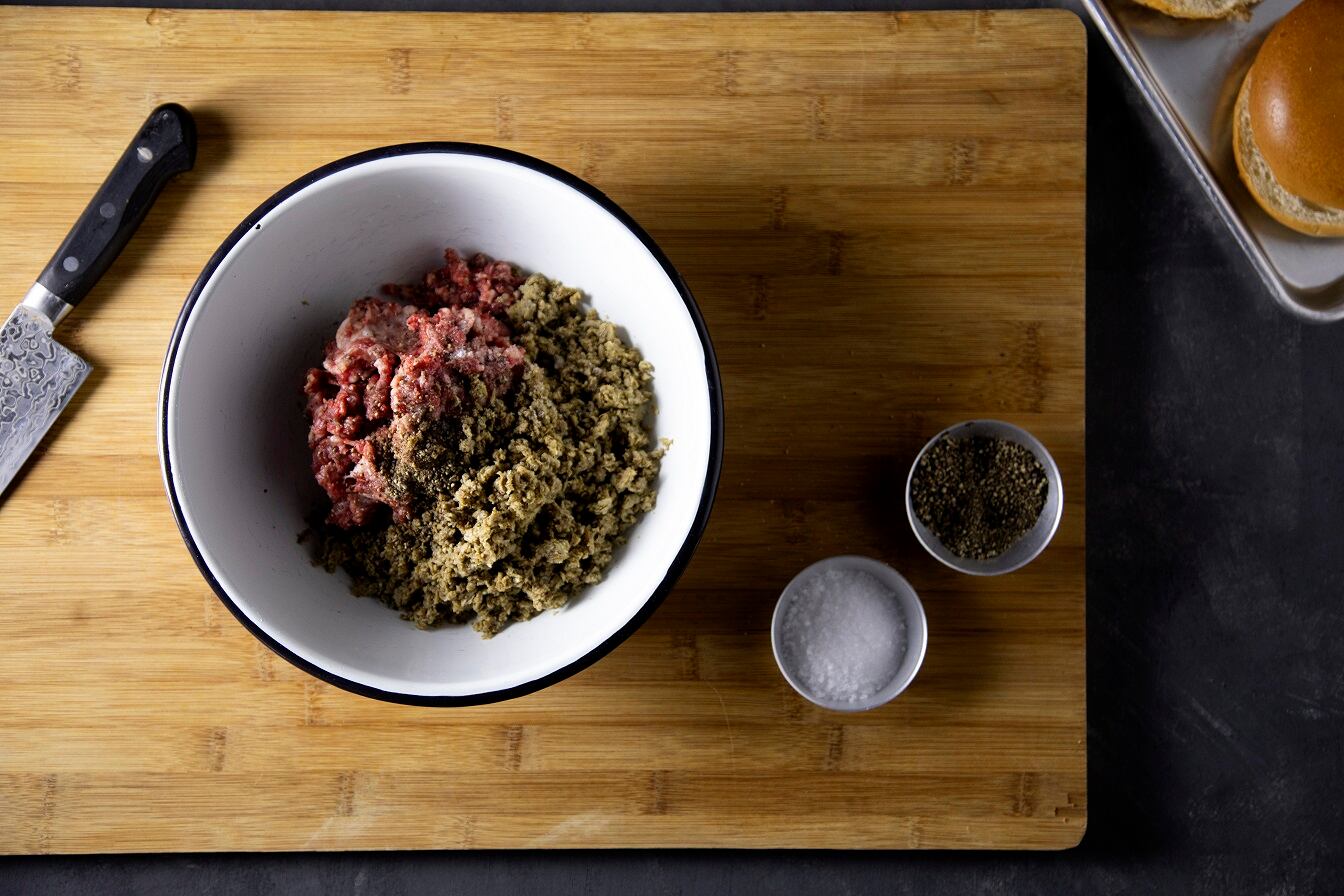For more than 20 years, Prof Mohammad Taherzadeh has been working to better understand mycelium, the root-like structure from which fungi grow, at the University of Borås in Sweden.
His conviction? That mycelium can offer a sustainable, scalable, and economically feasible alternative to meat. Having established a start-up, Millow, Prof Taherzadeh is working to put his ‘completely new’ mycelium-based protein on people’s plates.
Two ingredients: mycelium and oats
Millow, which is both the name of Prof Taherzadeh’s product and his company, is founded on novel production techniques. The start-up grows mycelium on a substrate, which could be any grain or vegetable. Millow, for the most part, is using oats.
“We like oats. They’re very nutritious, they have [lots of] vitamins and minerals, and they’re readily accessible all over the world,” Millow chair Staffan Hillberg explained. That makes for a ‘huge’ sustainability advantage, since when locally grown oats are used, transport-related emissions are limited.
Millow uses a ‘controlled environment fermentation’ process, whereby part of the oats component is consumed by mycelia, resulting in a structured mycelia/oat hybrid.
The process improves the digestibility of what would otherwise be raw oats, and retains their vitamins and minerals, we were told. From a macronutrient perspective, the start-up is able to ‘program’ the protein content by controlling the environment of its production units. “We’re aiming at around 20% protein, which we believe is a good number for human consumption.”
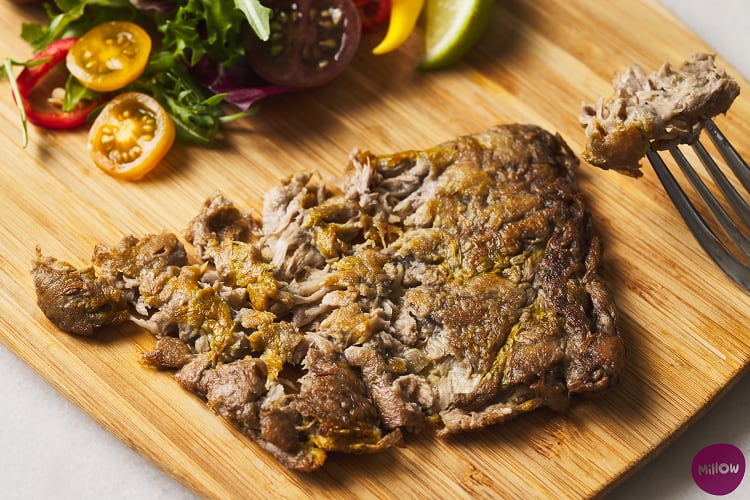
In blending mycelium and oats in the fermentation process, a unique texture is ‘built in’ to the product. Essentially, when the mycelium feeds on the oats it adds a kind of scaffolding. The benefit here is that minimal processing is required to shape the protein into meat alternative products. “Since we’re using the mycelium to build the texture, we don’t need any binders or additives afterwards,” Hillberg told this publication.
“Essentially, you’re getting a complete meatball or hamburger alternative coming out of this process.”
Being neutral in taste means there is no need to mask off-notes with additional ingredients, as can be the case with some soy and pea proteins. And importantly for food formulators, the protein can withstand variations in temperature – including boiling processes.
Setting itself apart in the mycelium space
Prior to developing Millow’s unique fermentation process, Prof Taherzadeh studied different processes for mycoprotein production including traditional liquid fermentation. This is the technique used by meat alternative maker Marlow Foods-owned Quorn.
He found the liquid fermentation process water-intensive and energy inefficient. Millow’s ‘controlled environment fermentation’ process uses 2.3% of the water and one-third of the energy used by traditional mycelium technologies, claims the start-up.
Millow also prides itself on being modular and scalable. Instead of using large-scale fermenters – Quorn’s fermenters are 40m high – Millow opts for a greater number of smaller units. If one unit should fail, or become contaminated, it won’t affect the other units, Hillberg explained. As to scaling, each unit will be capable of producing around 220kg of product per day. “When we scale, we don’t build bigger units – we just add more.”
Again, compared to traditional mycelium technologies, Millow claims it requires one-third of the investment and reduces CO2 emissions. Controlled environmental fermentation allows for temperature, water, and other inputs to be ‘minutely’ controlled. “That is why it is so energy efficient,” we were told. From start to finish, production time comes in at under 24 hours. “That is also very unique,” Hillberg stressed.
“Essentially, you could install this process in the middle of Africa and produce food very efficiently and very nutritiously for people who don’t have access to this type of food.”

At least one other company is fermenting mycelium on legumes and grains for food production. Israel-based Kinoko-Tech grows mycelium in a mixture of legumes and grains via a solid-state fermentation process. Similarly to Millow, Kinoko-Tech told us the fermentation process enables a ‘desirable mouthfeel and texture without the need for additional processing’.
Kinoko-Tech is doing ‘something similar’, but it’s not strictly the same, explained Millow’s Hillberg, adding that their production processes differ. “We have a complete production process which is automated.”
From unit to market
Millow is targeting the B2B meat alternative market. The first products are founded on a mycelium strain already authorised for use in food applications. For this reason, Millow will not initially be required to pass through Novel Foods regulations.
But regulatory approval is required for blending mycelia with oats. This has already been granted by the Swedish Food Agency and Millow doesn’t foresee any issues in entering other markets.
Although starting with a known mycelia strain, Millow has access to more than 1,000 different mycelium strains, the majority of which would require pre-market approval as a novel food. The company is already experimenting with some of these, observing that different strains bring different properties to its production product. “They can impact colour, texture and taste,” Hillberg explained.
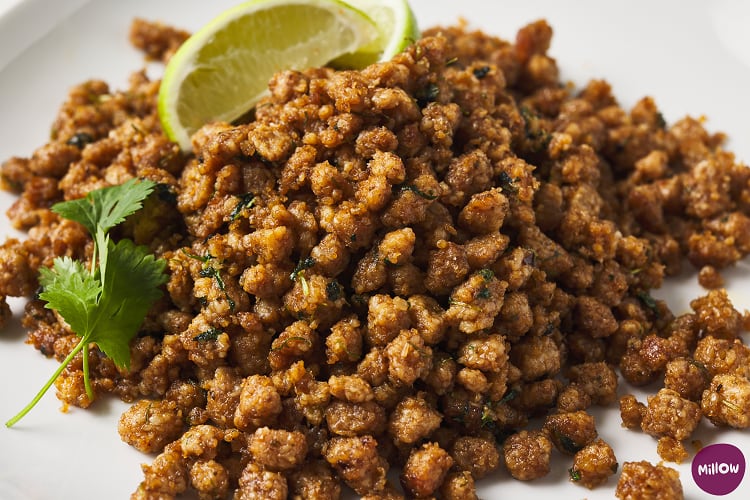
With regulatory approval assured in Sweden, Millow’s next plan is to scale up. The company has established a pilot plant on home soil and is in the early stages of partnering with food manufacturers in the Nordics.
Current products in the pipeline include a mince alternative and meat-free ‘bites’. “We’ll start scaling up production [with plans to] launch in 2024.”
Although supplying B2B to alt meat makers, being a structured product, Millow sees itself as more than an ingredient. As such, products containing Millow’s protein will carry the Millow branding, Hillberg explained. “We’re much more than an ingredient, we’re almost a finished product from a production point of view.”


